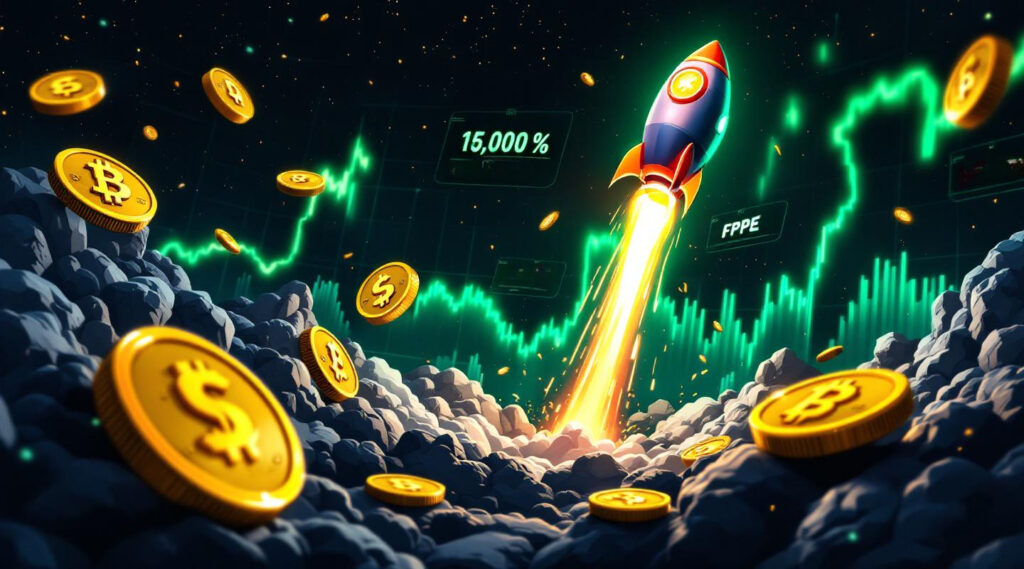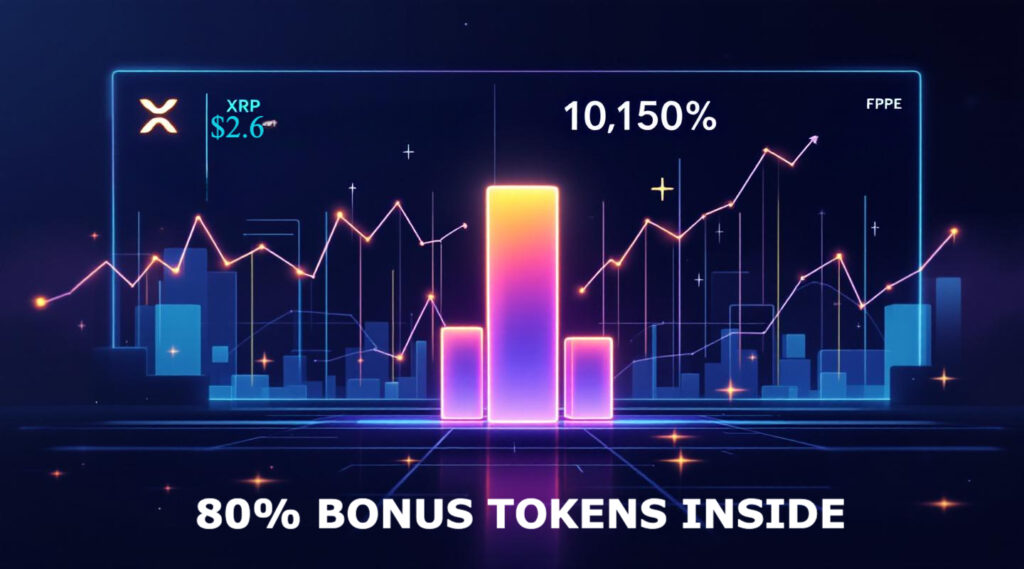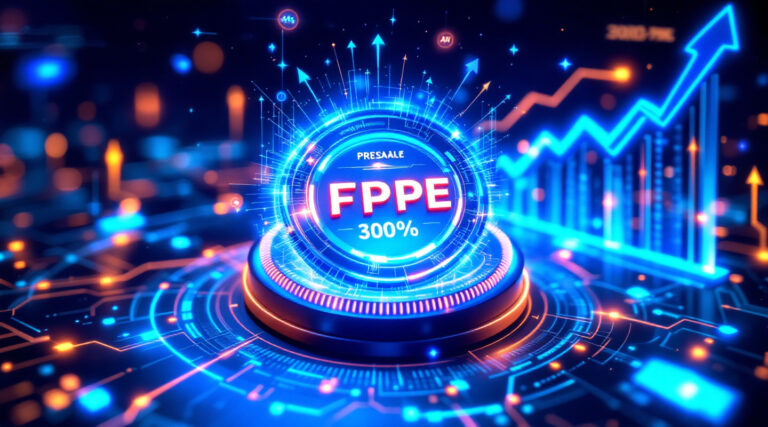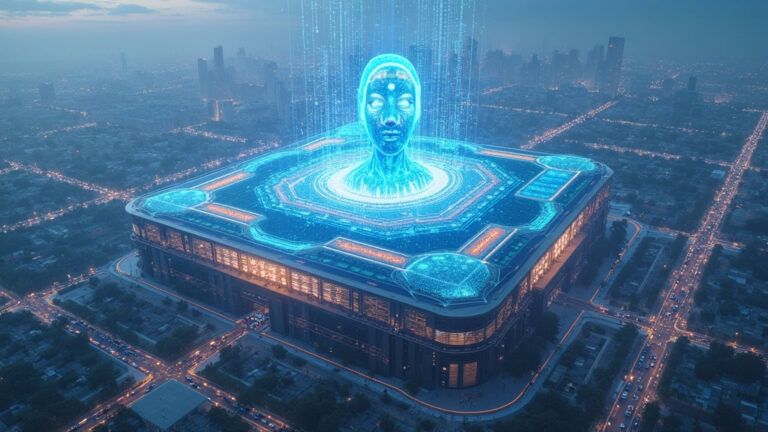It is no doubt that the world is changing due to the rapid advancement in technology, artificial intelligence, or AI for short. The art world is no exception—there is an ongoing discussion about new tools for art creation; however, AI gives rise to concerns about the originality and true creativity of the work.
Artistic Genius of AI: Great Submissions and Even Greater Artwork
As noted, the use of AI in generating various forms of content is expanding. There has been growing worry due to AI’s use in academics, especially where students can virtually “produce” essays, but now it seems the problems regarding originality stretch far beyond traditional schoolwork.
The Ghibli Phenomenon: AI’s Artistic Imitation and the Ghiblification Gimmick
An excellent case of this is the “Ghiblification” craze, in which individuals animate images with the AI software into the style of the famous Japanese animation studio, Ghibli. Not only have these AI granny videos gone “viral,” but they also bring forth questions regarding the potential of AI to reinterpret artist styles.
Miyazaki’s Outcry: Diverging Views
The animated contests of Hayao Miyazaki, co-founder of Studio Ghibli, have also been documented, as he is very vocal about his opposition toward the animation generated through the use of AI. The fact that Miyazaki condemns AI as per its ability to replicate human emotion and artistic intent.
Beyond Ghibli: AI’s Disguise
Mimicking others surpasses the borders of Studio Ghibli. From the article sources, I remember users would generate images simulating the cartoon “The Simpsons,” suggesting the range AI encompasses is beyond the imaginations of many. Though this surpassing capability is intimidating for the creation of truth and value in art with AI art.
Accessible vs. Perceived Lack of Effort: A Ground of No Agreement
The potentiality of art AI in construction is perceived as beneficial in the sense of ease and availability for disabled citizens and those who lack certain resources; however, there is a sense of supporting the art as it enhances and embroiders beauty. The vast majority of artists do point out the absence of efforts in facting art.
The Human Element: Emotion, Thought, and Experience
The source material highlights the fact that art is fundamentally connected to emotion, thought, and experience. It maintains that even with all its advancement, AI cannot capture the intricacies of emotional interplay that guide intrinsic artistic expression. However concerning, AI’s capacity to create aesthetically pleasing images in a zoomed-out context may accelerate art’s disposability—stripping it of meaning and value on multiple levels.
A Fork in the Road: Shaping the Future of Art
The controversy about AI art poses an important intersection in the world of art. It calls for weighing the advantages of technology against its dangers very carefully. It seems finding a middle ground where AI is integrated as augmentation and human creativity and artistic expression are fiercely protected may be the solution.

















